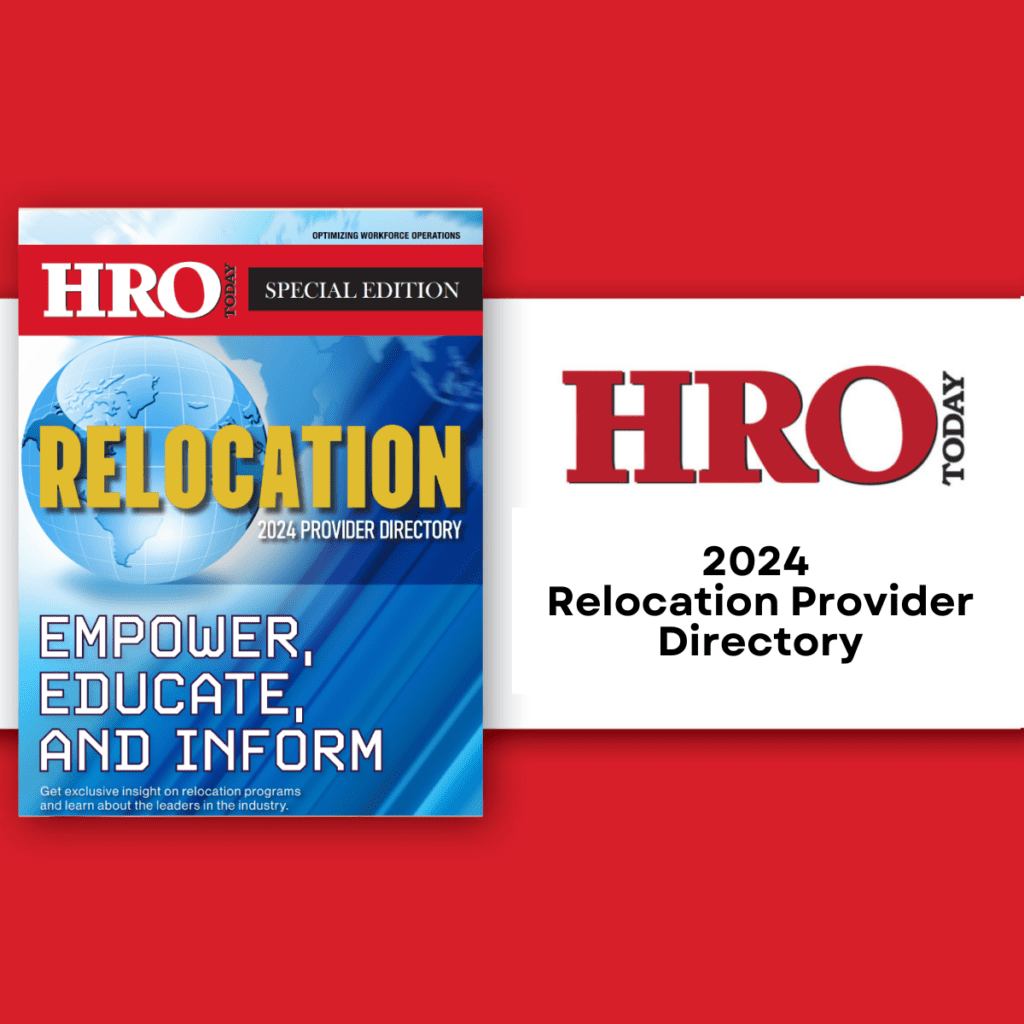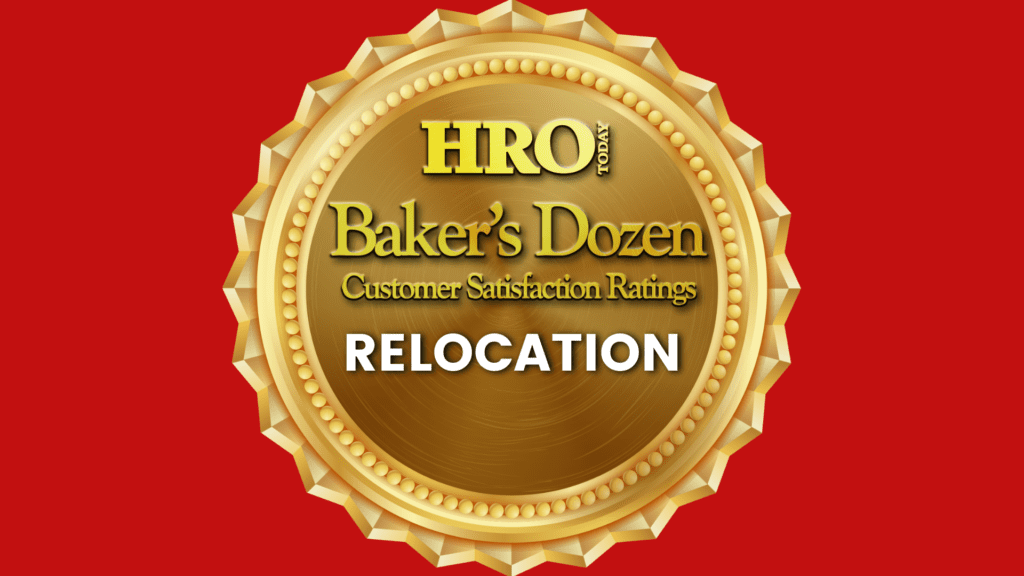Core-flex relocation programs offer a personalized transferee experience while cutting costs for organizations.
By Debbie Bolla
The way the world works has changed drastically in recent years and relocating employees has evolved along with it. A main component of work today is flexibility—in where people work, how people work, and when people work. And the same is true for relocation: Employees seek flexible options when making the life change to move.
“Offering choice and flexibility has become a norm in global mobility policies,” says Dawn Graffis, senior director, consulting and advisory services for Cornerstone Relocation Group. “Companies incorporate flexibility to empower key talent to accept opportunities by supporting their unique and personal family needs.”
Due to an uncertain and complex market, when it comes to global mobility, HR leaders are focused on ensuring that the opportunity is appealing to employees. “As companies continuously mine for new ways to attract and care for talent, it is natural to want to customize relocation benefits to the needs of the recipient,” reports Paige Holden, president of XONEX Relocation.
With this in mind, core-flex relocation programs are gaining in popularity. The name says it all: Core-flex policies offer essential relocation benefits that are deemed core and a range of others that are optional and can be selected from based on circumstances and preference. Flexible benefits are typically showcased as a menu, Graffis says. From that, it’s common to either offer transferees a specific number of benefits in total; an overall budget allotted for flex options; or a points system to select a certain number of benefits based on the value placed on each. Recent benchmarks show that this approach now accounts for between 25% and 33% of relocation policies, she says. They are a win-win: They offer a highly personalized employee experience and the ability for HR to control costs. “A structured, organized core-flex program really helps the relocation process, including making budgeting and spending on relocation more predictable; reducing exception requests; drawing in top talent by accommodating personal needs while providing essential support, and being adjustable to support business needs,” Graffis explains.
SVP of Account Management for Global Mobility Solutions Sam Hoey agrees, “Core-flex policies have become more common in recent years due to their flexible approach to meeting the diverse needs of transferees while maintaining cost control for the organization.” A recent benchmarking study conducted by GMS finds that core-flex programs ranked in top three of policy types based on transferee satisfaction. This is driven by the policy’s nature to empower choice: Employees select benefits that are most relevant to their personal and professional needs. “These tailored support options can enhance the overall relocation experience and improve transferee retention,” she says.
Reducing employee stress and increasing overall satisfaction are other main factors driving core-flex’s popularity. “Offering customizable relocation packages based on the specific needs of employees and their loved ones can significantly alleviate stress and make the transition much smoother,” explains Hrvoje Crnecki, VP of business solutions for CRI. “This support allows employees to focus on their new professional chapter without being burdened by the stresses of relocation.”
Simply put: Happy employees are productive employees. “Satisfied transferees are more likely to have less transition anxiety and higher productivity once they arrive at the new location,” reports Hoey. “Better critical thinking, problem-solving skills, and fewer mistakes are made when a transferee is content, and it all starts by providing them with a relocation policy that fulfills their needs.”
Another consideration is that today’s employees are also seeking choice—similar to what they experience in their everyday lives. “Because employees are being allowed to customize their benefit package to their specific family needs, they tend to feel greater engagement with the process, and can often feel more ‘seen’ as a unique individual,” says Mark Woelfel, SVP, global client services for CapRelo. “The advances in the technology that supports core-flex programs has also rapidly evolved over the past few years, allowing for a greater level of self service (convenience for the transferee) and a familiar consumer-grade shopping experience.”
Core Versus Flex
How organizations determine what components of the program are core and which ones are flex is based on a few factors. “The benefits included in any core-flex program will vary by the nature of therelocation or assignment, the culture of the company, and budgets allocated towards relocation,” says Holden. “By design, core-flex programs are not a one-size-fits-all approach to relocation. Ensuring employees have adequate support for the more stressful components of relocation should be a key consideration in any relocation program.”
Graffis agrees that core-flex programs are unique by design, driven by individual needs. “Factors like a company’s mobility philosophy, company culture, talent goals, budget, and other considerations will play a part in determining what benefits are included as core and which ones are flexible,” she explains.
Collectively, this roundup of experts suggests the following as potential core benefits.
- Household goods shipment
- Miscellaneous expense allowance
- Final move trip reimbursement
- Move-related expenses (like flight/mileage)
International considerations:
- Immigration costs
- Tax preparation
- Emergency and security services
- Assignment allowances such as a goods and services differential
- International healthcare plans
The following are suggested flexible benefits.
- Home finding visit
- Temporary housing
- Lease cancellation
- Rental assistance
- Home purchase
- Home sale
- Pet shipment
- Auto shipment
- Spouse/partner support
- Return trips
- Destination services
- Renter’s insurance
- Home cleaning
- Handyman services
- Storage
International considerations:
- Home leave
- Dependent leave
- Furniture allowance
- Language training
- Cultural training
- Key Considerations
While a core-flex policy has many benefits and advantages to both organizations and transferees alike, there are steps to take before implementing. To structure the program properly requires a good amount of data points to help determine the right budget and the right benefits to offer.
“A company should be prepared to gather key data before rolling out this type of program,” says Graffis. “It should look at things like how benefits are utilized now, what they cost, and exceptions that have come up (both approved and denied). Employee and internal stakeholder feedback should be considered as well when thinking about implementing this program structure. Mobility goals and program expectations should be clearly identified.”
Those organizations taking the neccessary effort will in turn reap the rewards. By empowering employees with choice and a personalized experience, HR can leverage core-flex programs to fill skills gaps while retaining top talent.
















